A pheasant at Charing Cross Hospital and a woodcock at St Pancras: London's rarest birds revealed
The latest London Bird Report has some interesting findings.
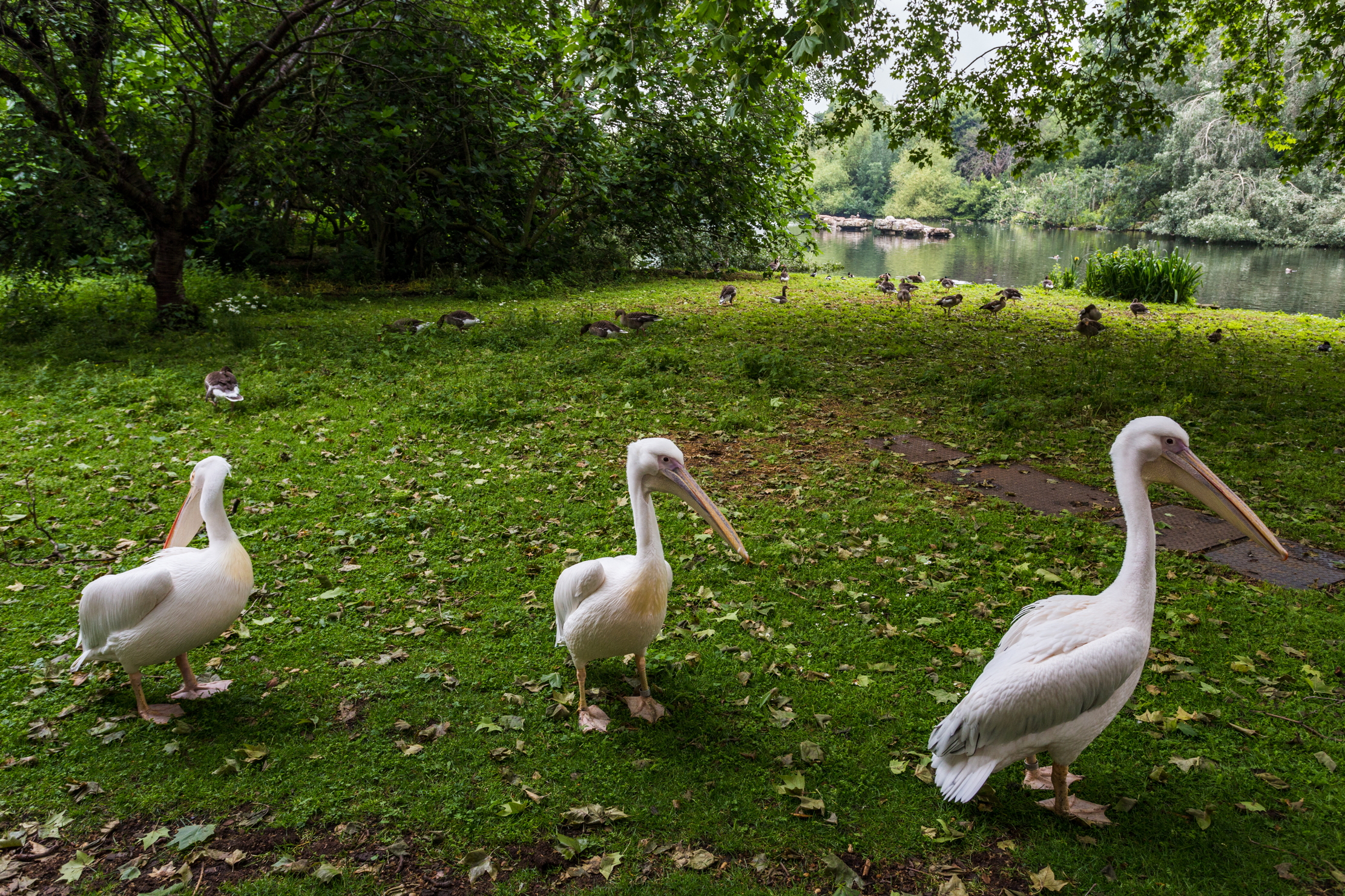

A pheasant at Charing Cross Hospital, a lesser whitethroat in Lincoln’s Inn Fields, a lapwing on the Thames foreshore in front of City Hall and a woodcock flying over St Pancras are among the sightings listed in the latest London Bird Report, the annual overview produced by the London Natural History Society (LNHS) on the state of the capital’s avifauna.
Other notable sightings include an Egyptian goose, an introduced species now resident and successfully breeding in London, calling from the top of Marble Arch one winter evening, and skylarks on Primrose Hill, where they were still breeding into the late 19th century despite the location’s growing public popularity. These sightings fell within what the LNHS classifies as its Inner London recording zone, which, centred on the junction of The Strand and Whitehall at Trafalgar Square, runs five miles from north to south and eight miles east to west.
However, the area covered by the report comprises everything within a 20-mile radius of St Paul’s Cathedral, reaching into the Home Counties, thus encompassing most of the common habitat types of the English countryside. A pallid harrier (Circus macrourus) has been added to the official Checklist of Birds of the London Area, after a record on Staines Moor was accepted by the British Birds Rarities Committee. Numbers for the species have seen a steady national increase this century.
The birds are ‘recorded in an apparently wild state’ in the London area. The list now runs to 372 species, although there are no reports for 12 of these, including black grouse and the golden eagle, not seen since 1900. The latest report shows increases in skylark and Cetti’s warbler territories and, in keeping with national trends, continued rising numbers of red kites and cattle egrets. Turtle doves were only seen on two sites, Thorndon Common, Essex, and Oxhey in Hertfordshire. London’s central parks are seeing the return of breeding reed warblers.
The LNHS was founded in 1858 (originally as an entomological society) and has entries for botany, ecology and entomology, as well as survey sections for Hampstead Heath and Bookham Common. The Bird Report is produced by its London Bird Club section and is in its 87th year. ‘The report is an invaluable record of the changing fortunes of London’s bird life,’ explains Peter Lambert, chair of the editorial board. ‘The data provides a long-term record, which corroborates long-term trends observed nationally and globally.’
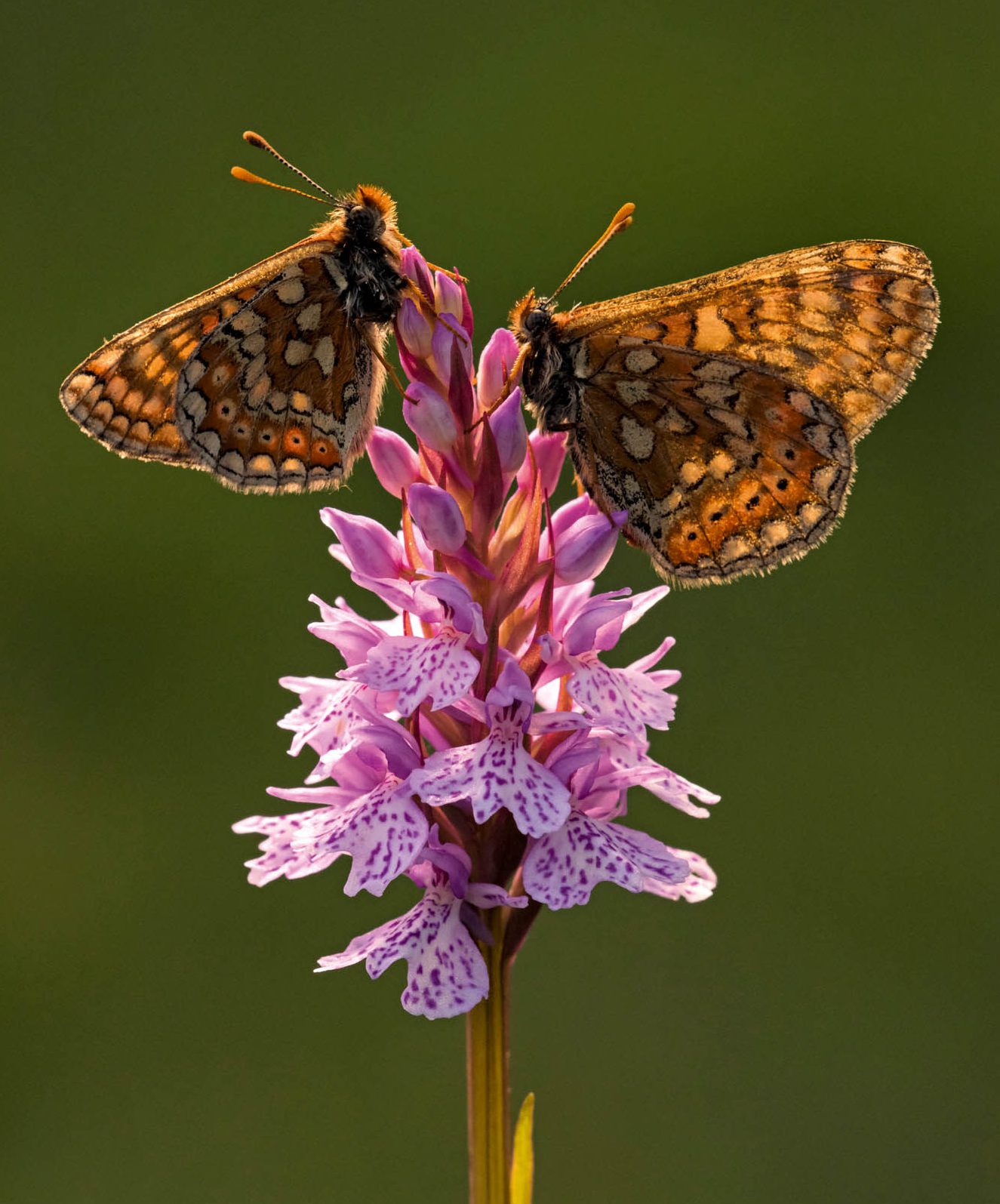
Where to see Britain's last remaining wild orchids, by the 'orchid thief' who risked prison to save these beautiful plants
The enchantingly beautiful native orchid is, tragically, one of Britain’s most endangered wildflowers, but it’s still possible to see them
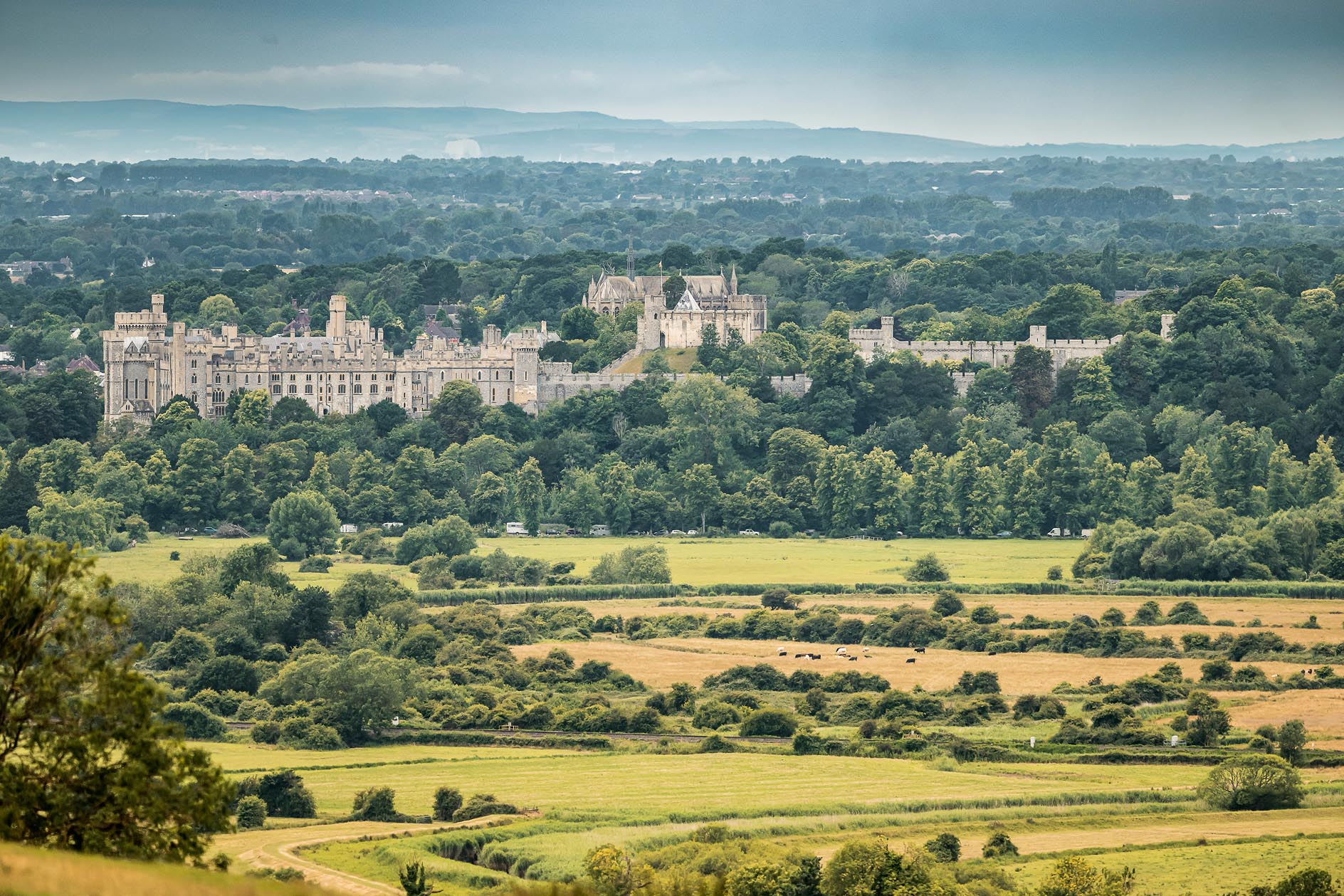
Saving the curlew: How the Duke of Norfolk is joining efforts to bring them back from the brink
With the curlew–that wader with a haunting call–now almost extinct in the South of England, Simon Lester meets the Duke
Exquisite houses, the beauty of Nature, and how to get the most from your life, straight to your inbox.
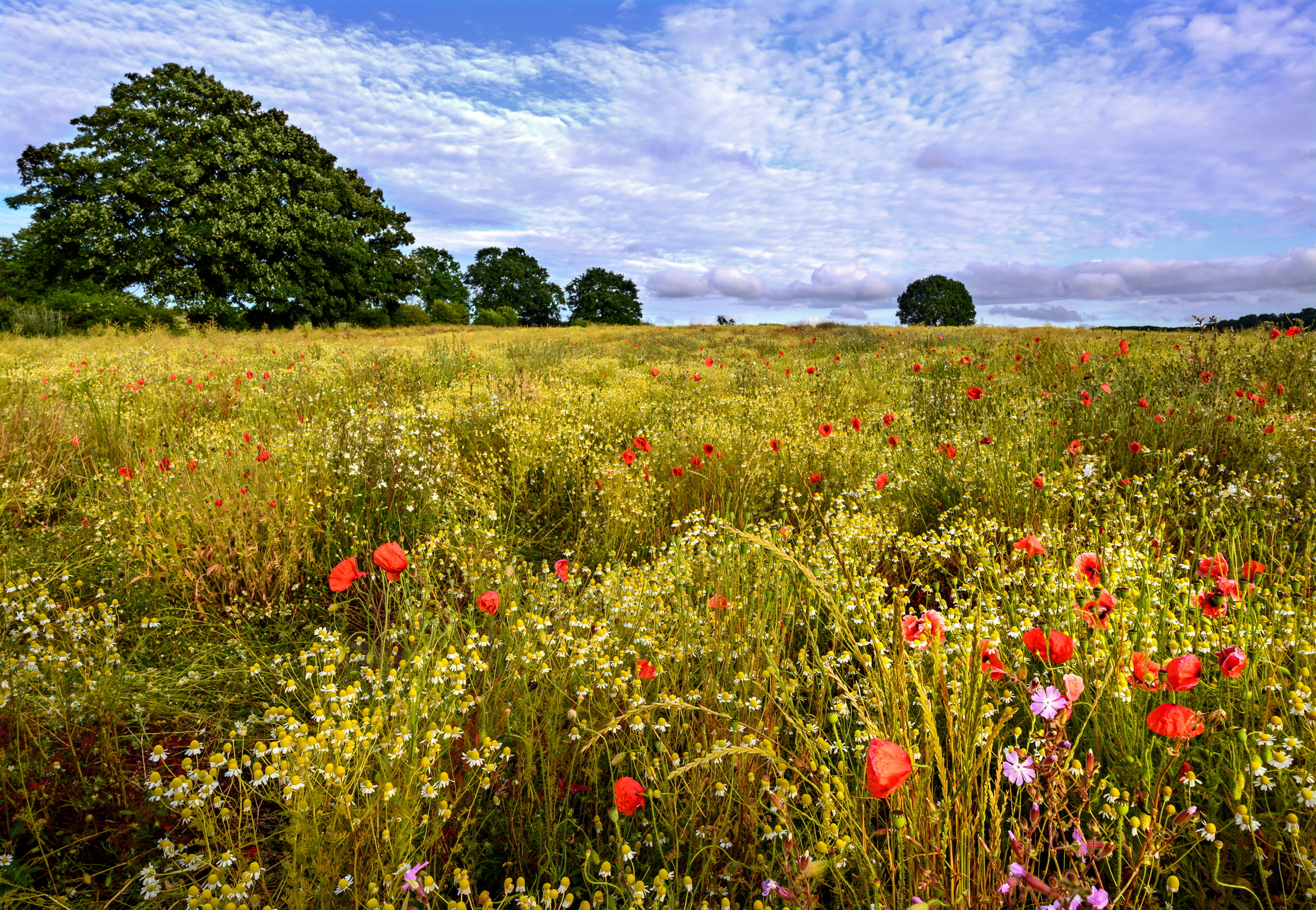
Credit: Jonathan Wilson/iStock via Getty Images
The truth about rewilding, by seven of Britain's most influential farmers, landowners and conservationists
Although the term 'rewilding' is contentious, most agree that our countryside could be better managed for wildlife. Yet what should
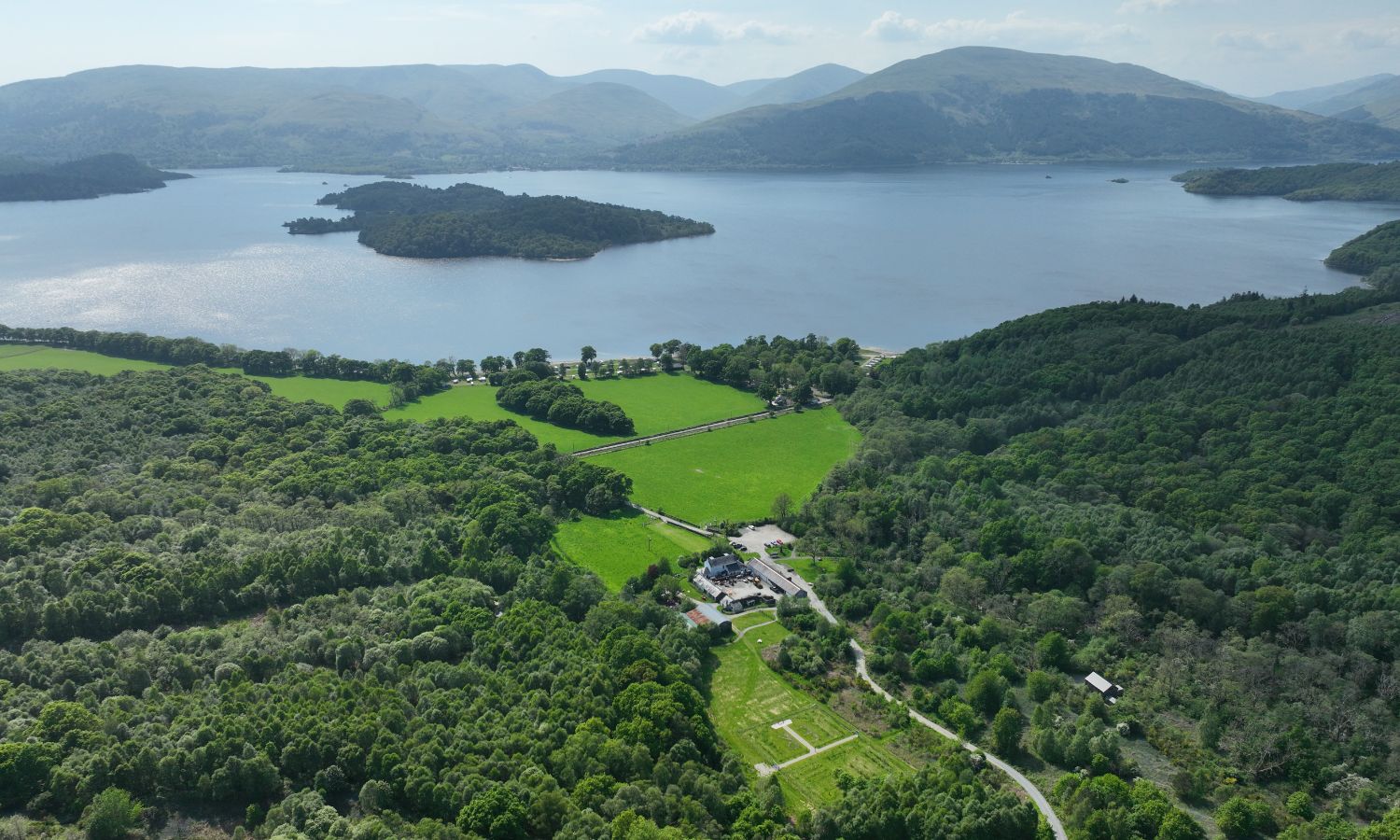
3,000 pristine acres of Loch Lomond National Park, where red squirrels roam spectacular woodland, have come up for sale
Jack Watkins has written on conservation and Nature for The Independent, The Guardian and The Daily Telegraph. He also writes about lost London, history, ghosts — and on early rock 'n' roll, soul and the neglected art of crooning for various music magazines
